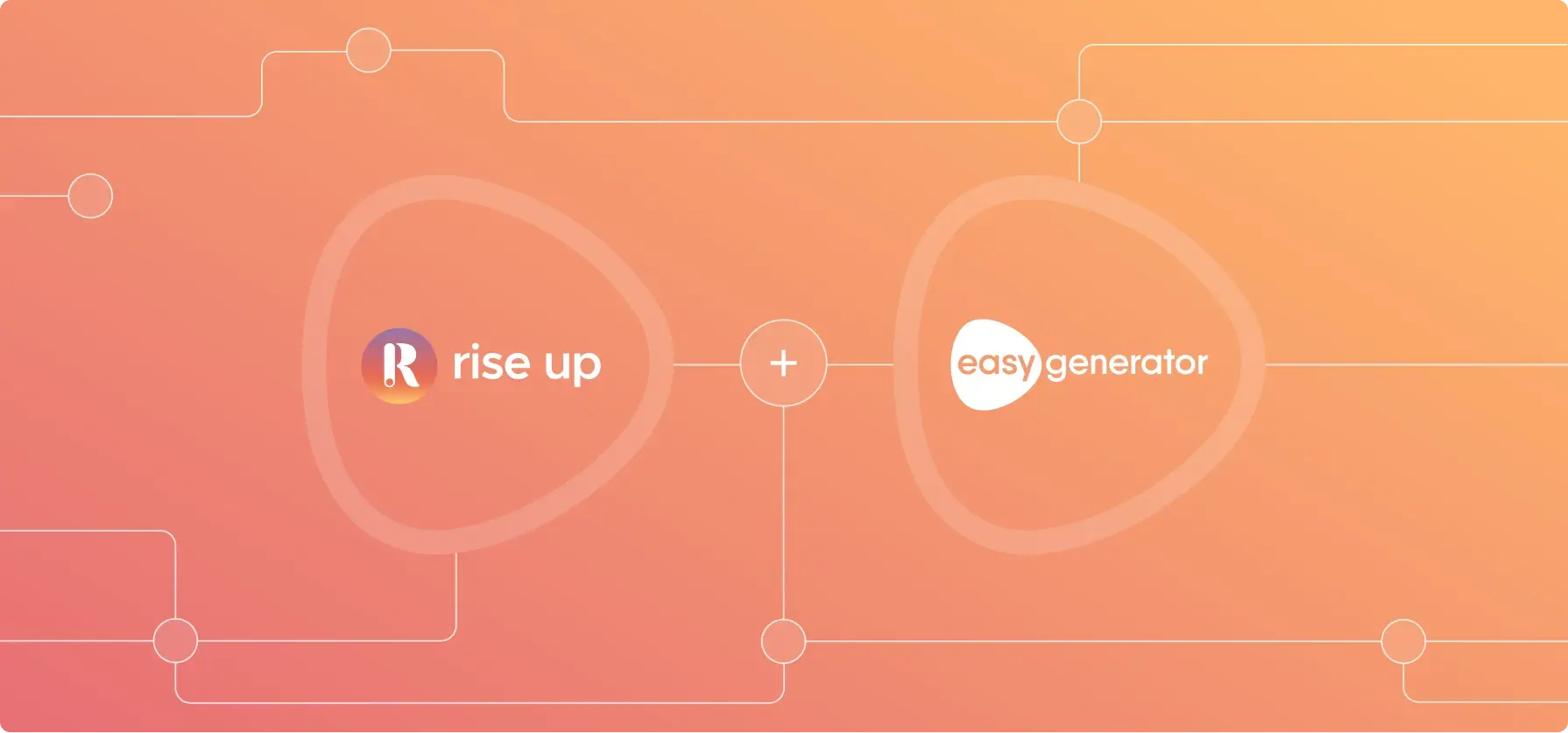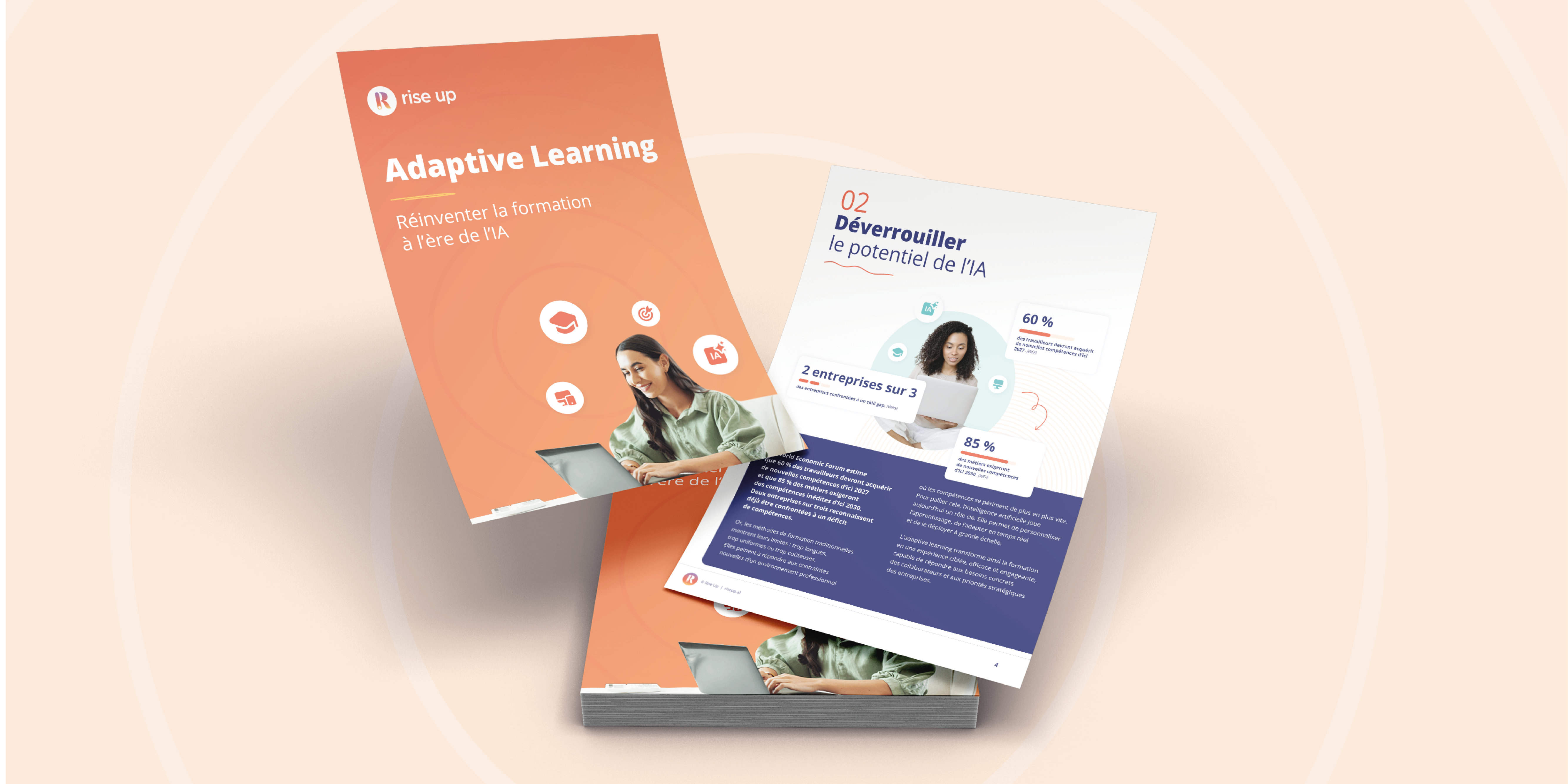E-learning: how to create your training catalogue
7 minutes of reading | 2022-07-08
Businesses and training organisations alike can benefit from the creation of a training catalogue. This guide will show you how to create a comprehensive catalogue which allows learners to find the content they need in just a few clicks.
If you’ve never created a training catalogue before, it can be difficult to know where to start. We’ll go through the process step by step and show you some of the benefits to your organisation.
Analyse the needs of your learners and your company
Business needs
No matter what sector you operate in, you need to ensure that the training you offer is able to address your company’s aims and objectives, as well as your employees’ goals. The starting point for this process is bringing together representatives from the different departments within your business to discuss the must-have elements for your training programme.

Your HR staff can be of particular help, as they are likely to have their finger on the pulse of what employees will want from their training. They’re also likely to have a more general view of the business’ needs as opposed to focusing on the priorities of a specific department.
When building up your catalogue, be aware that you’ll need to include content that can help to onboard new employees, as well as teaching them about the company’s culture and what it’s best known for. It should also take in areas for improvement and any upcoming changes, such as any new regulations coming into force.
By properly planning out your course in advance, you can ensure that the time and money spent on creating it is worth it in the long run.
Employee needs
For any training course to be successful in meeting its objectives, it needs to be adapted to its target audience. Luckily, when you create an e-learning course, you can ensure that it is personalised to meet your employees’ needs. This, of course, means that you must have a good idea of their existing knowledge and skill level.
By offering training at the appropriate level, you can avoid offering your staff content that is too basic or too complex. You can also increase the difficulty gradually as they complete their course. This helps to make the learning process satisfying for learners, as they’ll be able to see the progress they make more clearly.
Create training material or use off-the-shelf content
Having assessed both organisational and employee goals, it’s likely that you’ll now have identified a number of skill gaps to be filled. These may relate to future business objectives, or demand from your learners. So, what can you do to meet these needs?
There are two options you can choose between: creating your own bespoke training course, or purchasing existing off-the-shelf content.
Off-the-shelf content is ready to use straight away—all you need to do is upload it to your LMS. However, it may not be completely suited to your business.
Bespoke content, meanwhile, takes time and resources to create, and requires you to have team members with the appropriate technical knowledge. However, it’s guaranteed to meet your needs to a tee.
Businesses looking to provide their employees with more generic skills, such as using Excel or PowerPoint, are generally best served by off-the-shelf content. There’s little point wasting money and man-hours creating individual training courses for these kinds of skills when great quality material already exists!
However, when dealing with skills or knowledge that is specific to your company, it may well be the case that no training material exists yet. In this case, you’ll need to create your own course.
Of course, sometimes the best option may be to combine both of these elements. Instead of creating an entire course from scratch, you may be able to complement off-the-shelf modules with in-house content—or, instead, customise pre-made training material so that it better suits your company. This is a quicker, less costly approach that can still deliver excellent results.
It’s also worth noting that not all kinds of skills are best taught using online materials. For example, if teaching someone a particular trade, such as carpentry or plumbing, real-life practice is a necessity, and courses must take place at least partially face-to-face.

Make your training content easy to access
If you’re a training organisation, you’ll need to make sure that all of your e-learning content can be used via an LMS platform. This will both allow you to showcase your courses and increase the chances that companies will want to use your resources.
Meanwhile, businesses should also ensure that it is as simple as possible for their employees to access their full range of training courses—which, again, means making it available on an LMS.
After creating and uploading your training catalogue, you now need to make sure that your target audience actually uses it. The best way to achieve this is to show them how! Providing a video or a how-to guide, for example, will enable your learners to access the modules they need and to bookmark those of interest. They can even use search tools to find the right content in seconds.
On an LMS, the training catalogue is usually easy to find—typically within the navigation bar at the top of the screen. Within Rise Up, there are also a variety of filters you can use, such as category, keyword, and whether the training is online, face-to-face or blended. To make content easier to find, you can also create your own categories and keywords. Learners can then register for the right courses with no fuss.
Businesses can make it even easier for employees to access training content by integrating their LMS into their broader company platform. This helps to boost visibility and simplifies the procedure of finding the right modules. It’s up to you to decide what’s best for your business!
Get the message out!
The last step towards creating a successful e-learning catalogue is no secret: tell people about it! After all, if you haven’t communicated with your employees, it’s unlikely they’ll know that your content is even there—and it’s even less probable that they’ll use it.
If you’re using Rise Up, you’ll have access to communication packs that can help to get your employees engaged. This includes providing information about what your training platform has to offer and the goals you’re aiming to achieve, and can help to really boost the number of people using your training catalogue.
Whether you’re a training organisation or business, following these steps can help you to put together a great e-learning catalogue that your learners will love.






